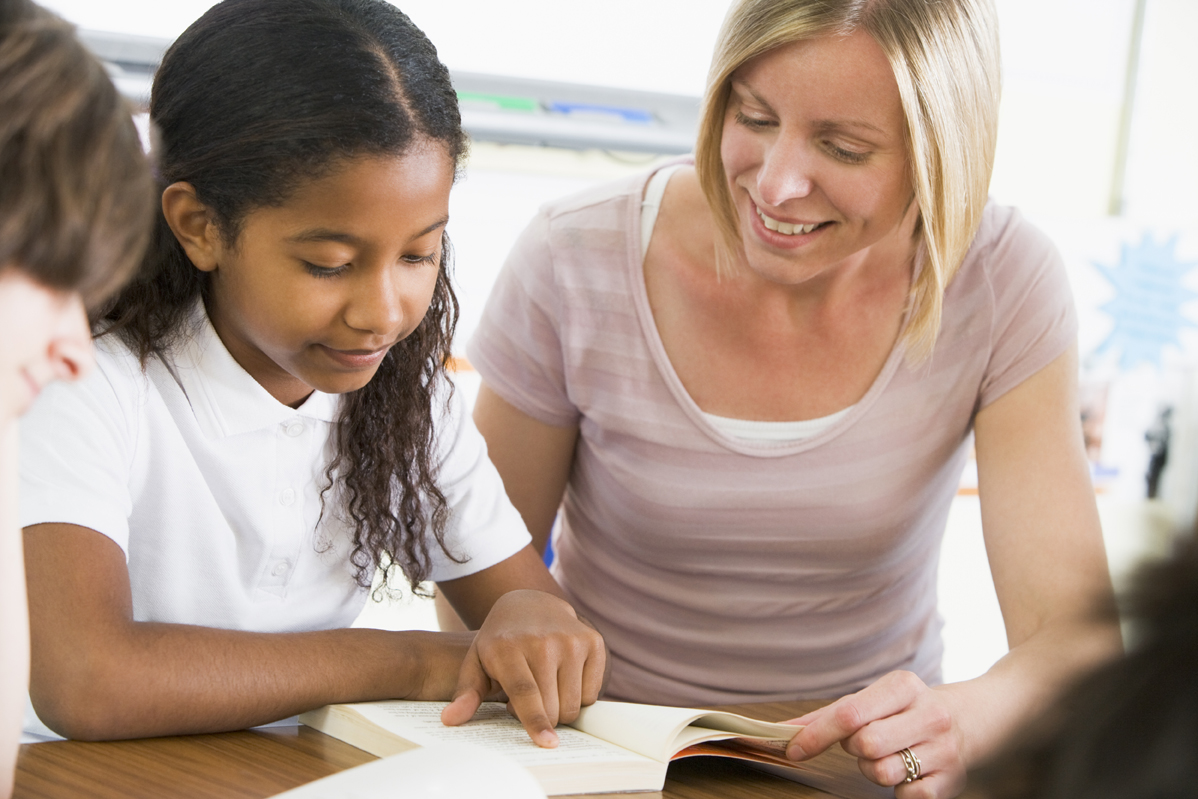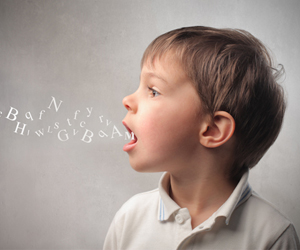Each year, the Hong Kong Speech Festival sweeps through our city, bringing brilliant performances from every district. For some kids, this is a fantastic entry into the world of poetry, but others recite Please Mrs Butler or this year’s John Foster so many times that they never want to hear another rhyme as long as they live.

But in all of my experiences as a teacher, nothing compares to the moment when a child first reads a poem that truly moves them. Feeling the impact that words can have helps young people understand language on a very meaningful level.
Therefore, even though poems can be hard and unwelcoming at times, and parents don’t want to risk turning their kids off reading, if you can find a way to get your child to connect with a poem, they’ll see that writing is so much more than marks on a page!
Try the tips below on how to get ANY child to love poetry:
Early Introductions
Poetry is a rich, beautiful exploration of words and their effects. There’s no better way to share the joy of language with a young learner than through poetry. If you haven’t seen the 3-year-old boy on YouTube who performs Litany by Billy Collins, take a look at how much even very little kids can get out of poetry.
Early Rhymes – Lots of picture books are written in rhyme, as it sounds delightful and also makes the words memorable, which kids love. Once you’ve read a book like this a few times, start adding extra emphasis to the rhyming words. As your little one becomes more familiar with these rhymes, see if they can think of other words which have the same sounds. Julia Donaldson’s books, such as The Gruffalo and Stick Man, are great for this. You can even listen to audiobooks and watch excellent animated versions of many of her stories too!
Actions – Bring poems to life with actions when you read! As poems pack a lot of information into a small space, they’re full of exciting verbs and interesting adjectives. Try to add gestures as you read to help young listeners engage with the poems they hear.
Dr Seuss’s books are action-packed adventures that are fun for grown-ups and kids alike. The Cat in the Hat and Fox in Socks are simple ones to start with, and then you can progress on to more advanced books like The Lorax and Oh, the Places You’ll Go!
Starting to Read Alone
When children start to read on their own, they suddenly drop poetry. Gone are the rhyming picture books they read with mum and dad. Kids want chapter books, which feel more sophisticated. At this stage, make sure to guide them to poems which they can explore on their own.
Funny Poems – Teachers often assign poems that create beautiful images. These are fantastic, but very few kids go on to read more things like that at home. The only times my students look up more poems by a writer we’ve studied is when we do funny poems. Sometimes parents can worry that these aren’t real poems worth reading. But poetry has a lot of difficult conventions, and anything which gets kids more familiar with these at a young age is going to have a great effect when they’re older.
Kenn Nesbitt’s Poetry4Kids website has got a huge range of his funny poems available for free. Many of them are recorded by the author, or have craft activities and comprehension exercises to accompany them.
Michael Rosen’s YouTube channel has over 200 videos on it! Many of these are readings of his poems, which are all narrative and deeply embedded in the world of kids, so they’re easy to engage with. My students love No Breathing, which is about a strict teacher who won’t even let children breathe in class.
Other funny poems for kids are Roald Dahl’s The Dentist and the Crocodile, Ogden Nash’s Adventures of Isabel, and Daddy Fell into the Pond by Alfred Noyes. For older children, Roald Dahl’s Revolting Rhymes are a hilarious classic which I still love to this day.
Nonsense Poems – The great thing about English poetry is that the sounds of words themselves can create a feeling, even if you don’t understand the meaning of those words. Nonsense poems are a fun, low-pressure way to get into poems because nobody knows what the words in them mean. Kids and grown-ups alike have to figure them out from context and sounds. (This also makes them good tools for building up comprehension skills, but you don’t need to tell the kids that!)
You can find great nonsense words in Shel Silverstein’s Rain (‘slishity-slosh’), Edward Lear’s The Owl and the Pussycat (‘a runcible spoon’) and Lewis Carroll’s Jabberwocky (‘the mome raths outgrabe’).
Approaching Harder Poems
From upper primary onwards, schools choose poems which contain lots of great literary techniques to study. These are good to learn about, however, these poems can feel quite inaccessible to kids. The thing I always try to drill into my students is that the first thing you need to find in a poem is the feeling. Don’t start with techniques or checking every word in the dictionary. You need to experience the poem first and foremost; otherwise you’ll never find your feet with it.
Listen & Read Aloud – Poems are not meant to lie flat on the page! They only reveal themselves fully when they’re spoken aloud. For any young people who feel nervous about doing this, it can be helpful to listen to some performances first to get the hang of it. Listening to several different recordings is useful too, as young people can judge which sounds closest to the feelings the poem creates in them.
The Poetry Archive’s website is a fantastic repository of poems being read aloud by the poets themselves. The Children’s Poetry Archive has some great simple poems to start with, such as Gillian Clarke’s Legend and Timothy Winters by Charles Causley.
Adapt it – To find out what a poem is really saying, it helps to change the format. This focuses the reader’s interpretation on the key parts of the poem. All sorts of activities can be useful for this, depending on what your child best responds to. Try getting them to turn a poem into a picture, a song, a dramatic scene or even a whole story.
Experiment with different types of poems for this – some narrative, and some which are disjointed or image-based. A great exercise is to look at several poems on the same topic and see how they’re different, for example, Fog by Carl Sandburg, The Fog by J.R. McCreary and lines 15-22 from The Love Song of J. Alfred Prufrock by T.S. Eliot.
Willow Hewitt is the Head of English at the Tsim Sha Tsui branch of i-Learner Education Centre [link: https://www.i-learner.edu.hk/]. She is the Series Editor of the i-Learner Poetry Workbook series [link: https://www.i-learner.edu.hk/category/publications/] and has been teaching in Hong Kong for several years.
Resources:
https://www.youtube.com/MichaelRosenOfficial









